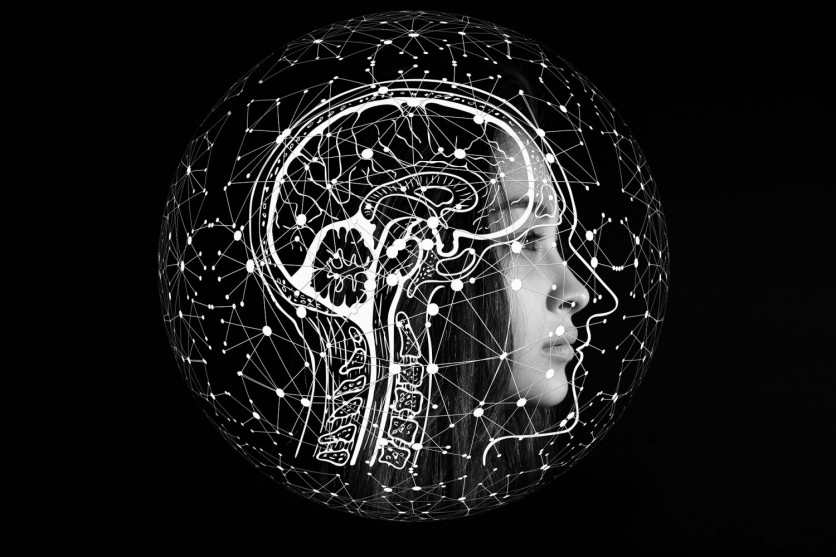Researchers from the University of Sheffield have weighed in on the possibility of achieving human-level intelligence in artificial intelligence (AI) systems.
In a paper published in Science Robotics, Professor Tony Prescott and Dr. Stuart Wilson, both from the university's Department of Computer Science, argue that AI systems are unlikely to replicate real brain processing if they remain disembodied.

Disembodies AIs
AI systems like ChatGPT employ large neural networks to address intricate problems and enhance their precision by learning from errors.
Despite exhibiting certain resemblances to the human brain, these models face significant obstacles that prevent them from achieving human-like cognition.
A fundamental disparity arises from the fact that real brains are embodied within physical systems, such as the human body, facilitating direct engagement and perception of the environment.
In contrast, disembodied AIs lack this connection, resulting in an absence of comprehension or awareness of their surroundings, despite their capacity to discern and produce complex patterns in data.
The specific architecture of the human brain, characterized by its organization into multiple subsystems arranged in a distinctive configuration observed across all vertebrate animals, constitutes another significant factor.
This architectural feature, essential for biological intelligence, has evolved to surmount challenges, acquire knowledge, and enhance performance over time. Regrettably, the design of AI often overlooks this crucial aspect, neglecting the interplay between evolution and development.
The researchers acknowledge progress in developing AI systems for controlling robots, such as the use of recurrent neural network models that improve predictions about future events. While these advancements enhance the adaptability of robot AIs, they still fall short of replicating the integrated cognitive architecture of real brains.
What's the Key to Human-like Intelligence?
Dr. Stuart Wilson, a senior lecturer in computational neuroscience, believes that mimicking the developmental and evolutionary processes of real brains will be crucial for achieving breakthroughs in AI.
Efforts focused on understanding how real brains control bodies through the creation of artificial brains for robots have yielded significant advancements in both robotics and neuroscience.
According to Professor Tony Prescott, an expert in cognitive robotics, the development of human-like cognition in AI systems is more probable if their designs incorporate architectures that mirror the learning and improvement processes of the human brain.
By establishing connections between AI systems and the real world through the utilization of robotics, including sensors like cameras and microphones, as well as actuators such as wheels and grippers, these systems would be capable of perceiving their environment and learning in a manner akin to the human brain.
The insights provided by the University of Sheffield researchers shed light on the challenges and potential paths toward achieving human-level intelligence in AI systems.
While current AI models show promise in solving complex tasks, the integration of AI with the physical world through robotics and the emulation of the brain's development and evolution processes may hold the key to realizing human-like cognition.
Related Article : NVIDIA's New AI Tech Makes NPC Interactions More Natural! Here's What To Know About Avatar Cloud Engine

ⓒ 2025 TECHTIMES.com All rights reserved. Do not reproduce without permission.



